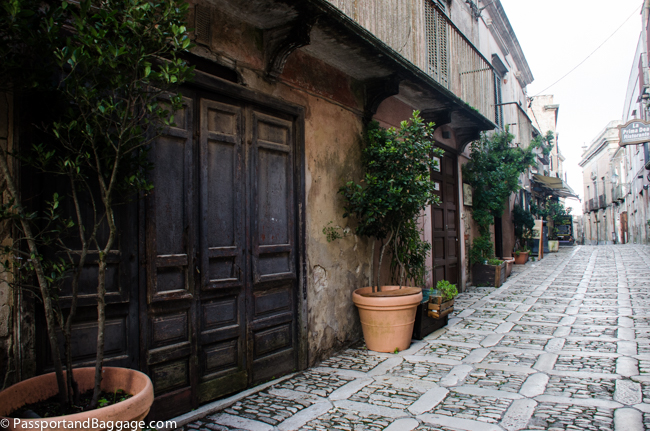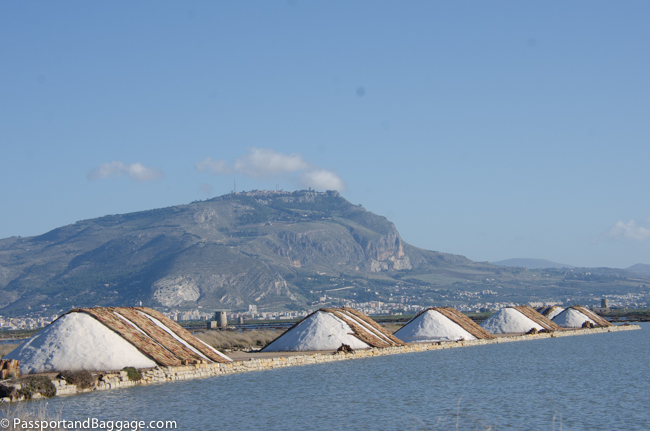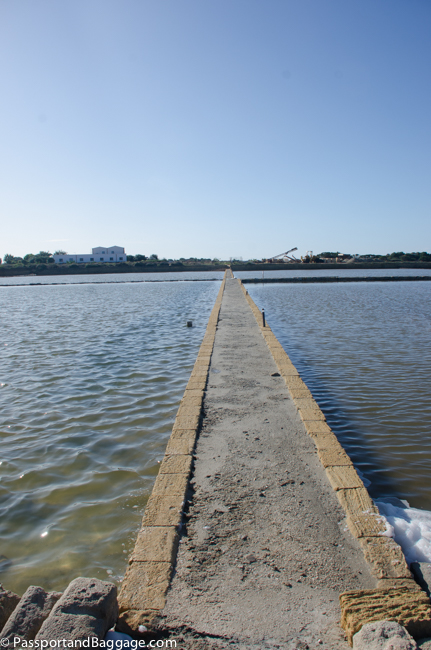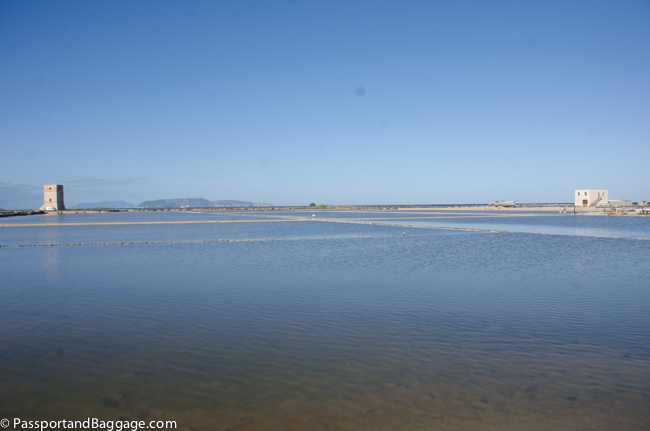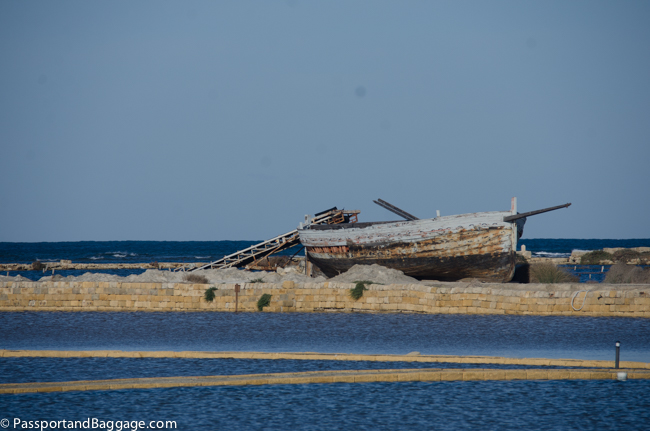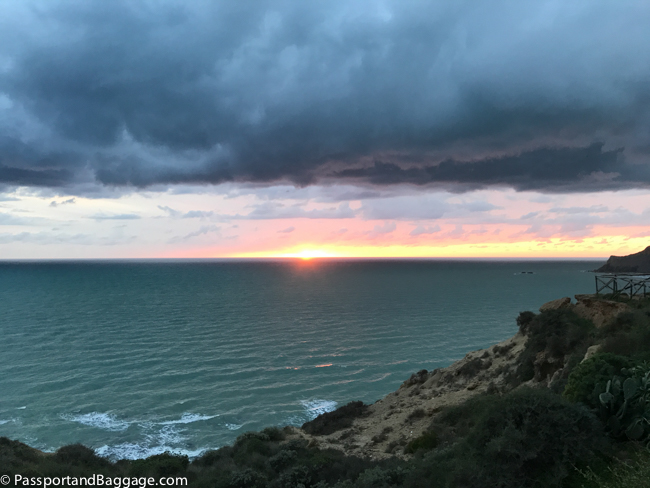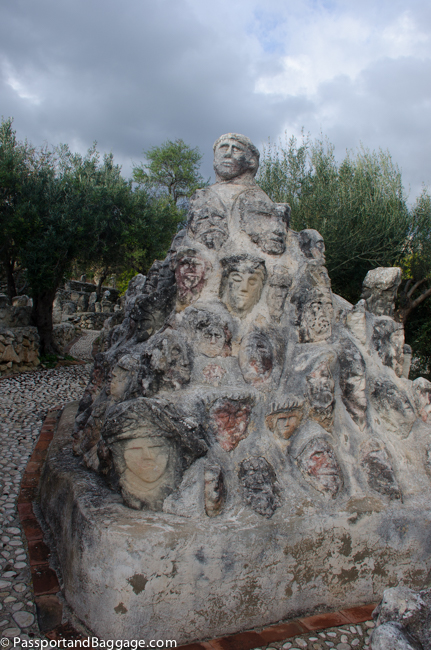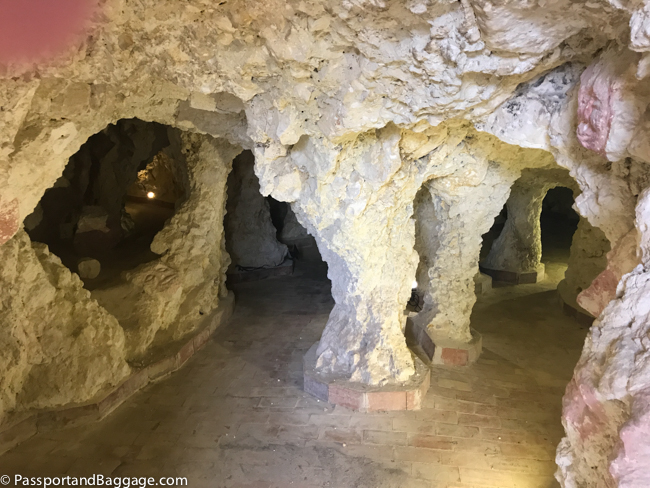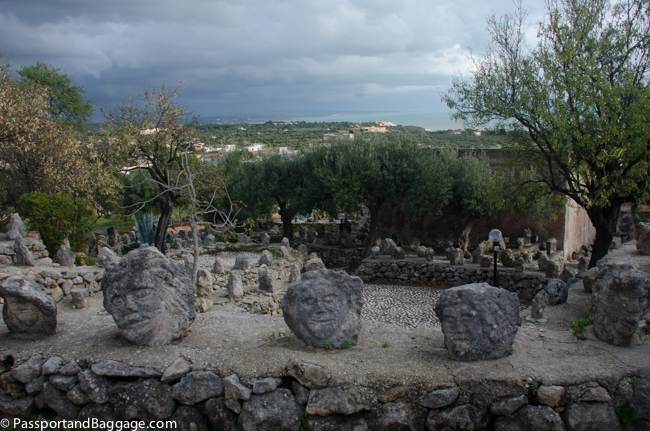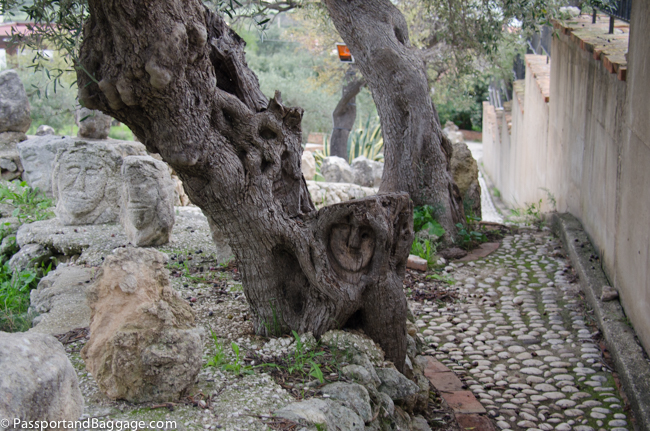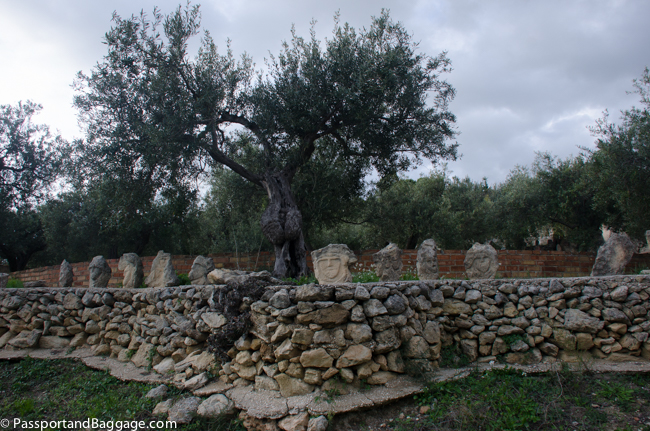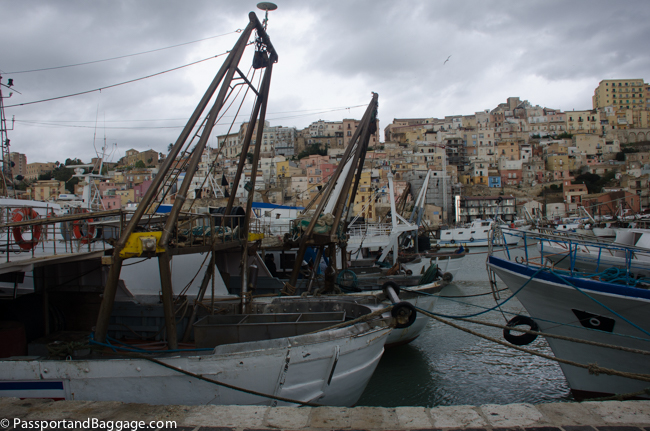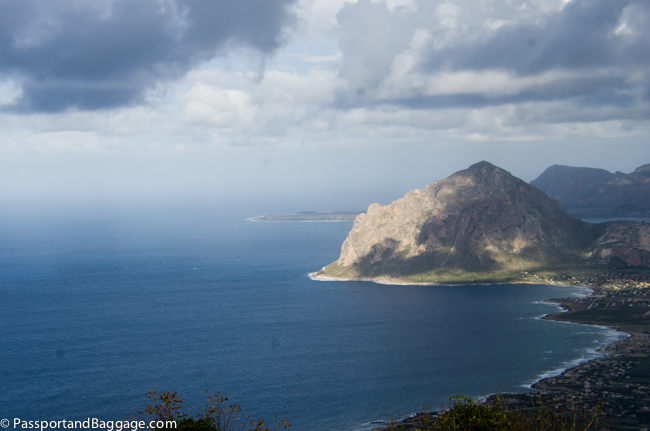November 18, 2019
Erice
Eryx (associated with the Greek hero of the same name) as it was first called, has been recorded in history as a town of little or no importance and renown. And yet it is said to have attracted the likes of Hercules and Aeneas.
Thucydides (500 B.C.), writing about events connected with the conquest of Troy (1183 B.C.) said: “After the fall of Troy some Trojans on their escape from the Achaei on the sea towards the West arrived in Sicily by boat and as they settled near the border with the Sicanians all together they were named Elymi: their towns were Segesta and Erice”.
This inspired Virgil to describe the arrival of the Troyan royal family in Erice and the burial of Anchise, by his son Enea, on the coast below Erice.
Anchise was the father of the hero Enea, protagonist of the Homeric Iliad and of Virgil ‘s Aeneid. In the Aeneid, Aeneas descends into Hades (Book VI) to meet his shadow and Anchises reveals to him what awaits him in Lazio and what his destiny will be.
This same scene occurs in Dante Alighieri’s Inferno when he remembers the descent to the underworld of the hero who on the occasion intended things that were cause / of his victory and papal ammo.
Homer (1000 B.C.), Theocritus (300 B.C.), Polybius (200 B.C.), Virgil (50 B.C.), Horace(20 B.C.), and others have also mentioned this delightful hill town of Sicily in their poetry.
The town was founded by the Phoenicians, but it was Hellenized by the Greeks.
It was conquered by the Aghlebids (a Tunisian dynasty) in 831 and was ruled by the Arabs until the Norman Conquest.
It was destroyed in the First Punic War by the Carthaginians and fell into decline soon after.
Stunning stone walls, called the Phoenician Walls, were built in the 8th century BCE and wind around this Medieval city for about four miles.
Along portions of the walls are engravings of, what appears to be the Phoenician language.
Symbols that appear are an o or beth in Phoenician ain for eye and phe for mouth.
The main church in town is Chiesa Madre, built in the Gothic style in 1314 by Frederick II of Aragon and dedicated to Our Lady of the Assumption. The Pronaos (a vestibule at the front of a classical temple) called Gibbena or Age Bene, which means behave well, was added in 1426 by the then archpriest to host the public penitent who came to pray for their sins.
The bell tower was originally a lookout tower, standing near the opening in the Phoenician walls at Porta Trapani. It was built by King Frederic III of Sicily, the third son of King Peter III of Aragon to whom the Sicilian barons offered the crown of the island after the Sicilian Vespers of 1282.
Wandering Erice:
This beautiful balcony is on the home of Giuseppe Coppola, who was born and died in Erice. Coppolo was an influential member of the unsuccessful Trapani revolution, Deputy Governor of Trapani and a major in the national guard. When the revolution failed, Coppola continued to conspire against the Bourbon regime and was thrown into prison. During the battle of Calatafimi on May 15th, 1860, he led a squad of 800 soldiers and 25 knights and followed Garibaldi to Palermo.
Salt Harvesting
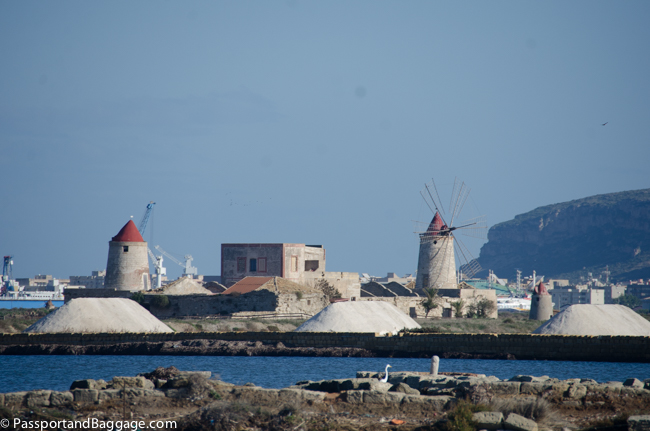
Windmills were first introduced during medieval times. They pumped water through the sluice gates into or out of the various basins.
This salt harvesting area is in the area of “Stagnone”. It is the largest lagoon in Italy, a few miles north of Marsala, and now a designated marine nature reserve. Between the hot African winds, long and the sun-filled summers aided by the shallow coastal waters, the Phoenicians found this area perfect for salt mining 2700 years ago.
Salt production along this coast reached its peak just after the Unification of Italy in 1860 when 31 salt pans produced over 100,000 tons per year.
Today, although demand is down, there is still a niche market for this salt’s unique qualities: it contains a higher concentration of potassium and magnesium than common salt, but less sodium chloride. The lack of chemical treatment means that the trace elements are maintained, enhancing its flavor.
Scala dei Turchi
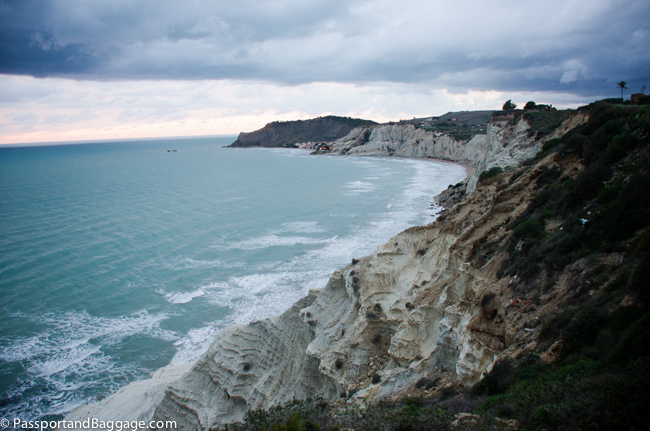 The “Scala dei Turchi” is an incredible cliff of white marl (a sedimentary rock with a characteristic white color) where centuries of rain and wind have carved a natural staircase.
The “Scala dei Turchi” is an incredible cliff of white marl (a sedimentary rock with a characteristic white color) where centuries of rain and wind have carved a natural staircase.
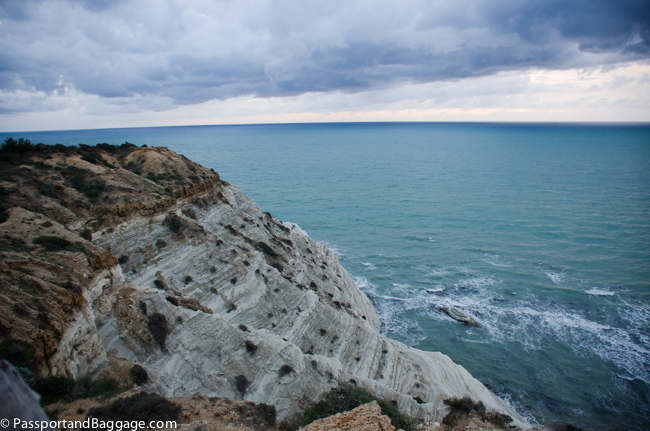 The Turkish steps is also a part of local legends: it is said that the Saracen pirates (for the Sicilians, the “Turks”, which is a negative connotation indicating all the people that were once devoted to piracy), docked ships in the calm, clean waters, protected by the “Scala”, and climbed these natural “steps” to reach the top of the cliff and raid local villages.
The Turkish steps is also a part of local legends: it is said that the Saracen pirates (for the Sicilians, the “Turks”, which is a negative connotation indicating all the people that were once devoted to piracy), docked ships in the calm, clean waters, protected by the “Scala”, and climbed these natural “steps” to reach the top of the cliff and raid local villages.
The Scala dei Turchi was placed on the UNESCO World Heritage list in 1997.
Castello Incanto
 This little spot is not on the average tourist road and is a tad odd, but fun. It seems that quoting the brochure is the best way to get the essence of the place.
This little spot is not on the average tourist road and is a tad odd, but fun. It seems that quoting the brochure is the best way to get the essence of the place.
Filippo Bentivegna’s life was unusual and eccentric. He was born in Sciacca on 3 May 1888 in a big family with economic difficulties. So, when Filippo was a child he had to work hard and he couldn’t go to school. At the age of twenty, in 1908, he enlisted in the Navy and he ventured to America. But there, life was too hard racist ideas. So he was immediately marginalized because of his non-conformist ideas. During this period, Filippo fell in love with an American girl and because of this relationship he was violently beaten up by his love rival. He was very shocked by this episode and his nature deeply changed. Obliged to repatriate, he settled in Sciacca and, with the money he had earned in America, he bought a little estate where he spent the rest of his life painting and chiseling trees and stones. His sculptures are various and they represent known and unknown subjects of the reign where he was the “King”. In fact, Filippo loved to be called by people “His Excellency”…”
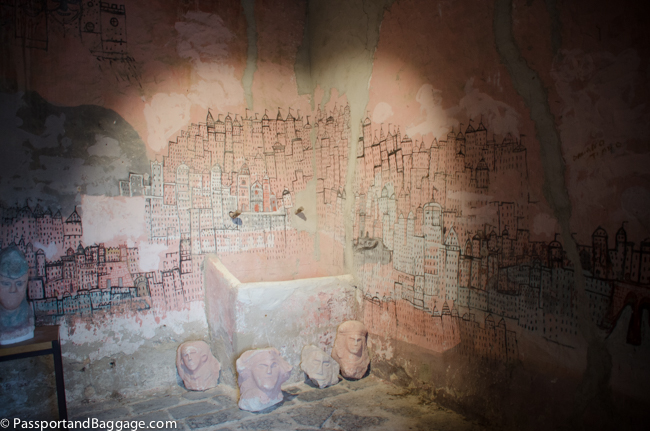 *
*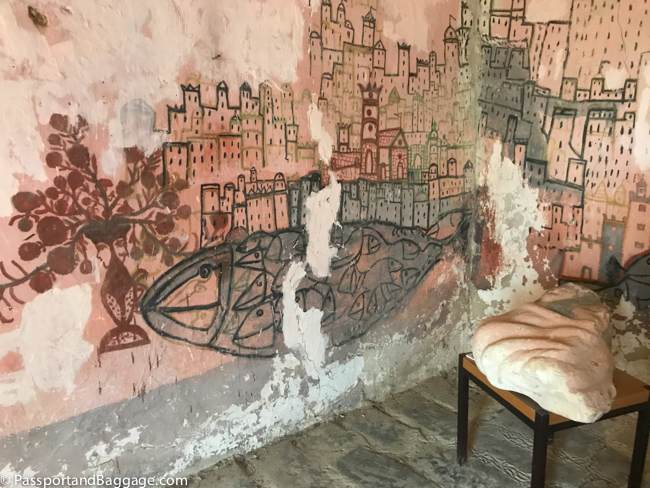 “The Enchantment Key” People say he used to wander around city streets with a short stick in his hand that he held like a scepter proclaiming himself “Lord of the Caves”
“The Enchantment Key” People say he used to wander around city streets with a short stick in his hand that he held like a scepter proclaiming himself “Lord of the Caves”
Filippo died in 1967 at the age of 78.
*
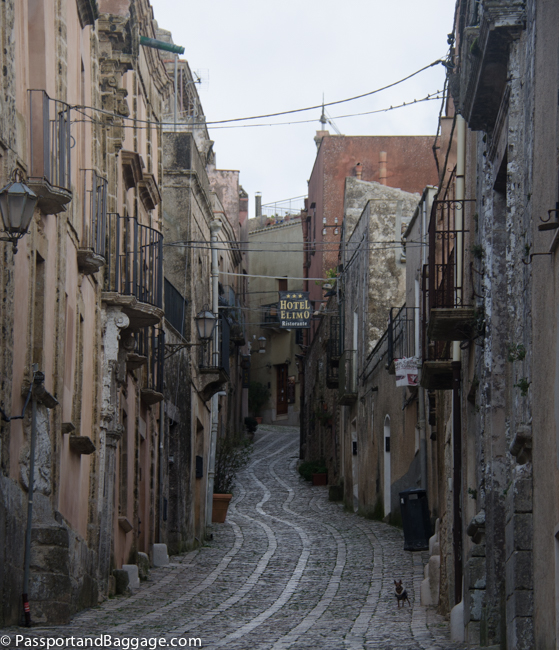
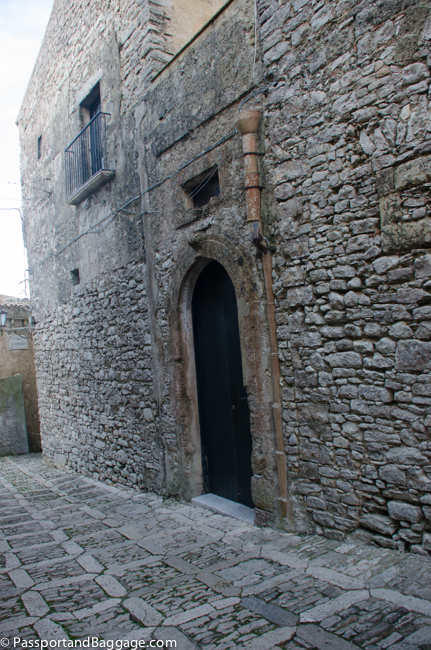
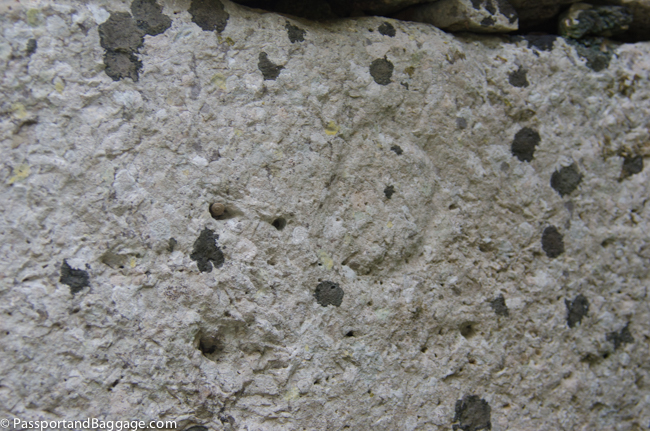
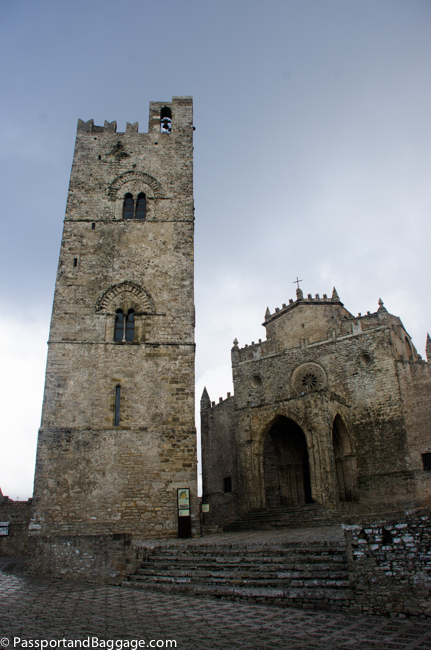
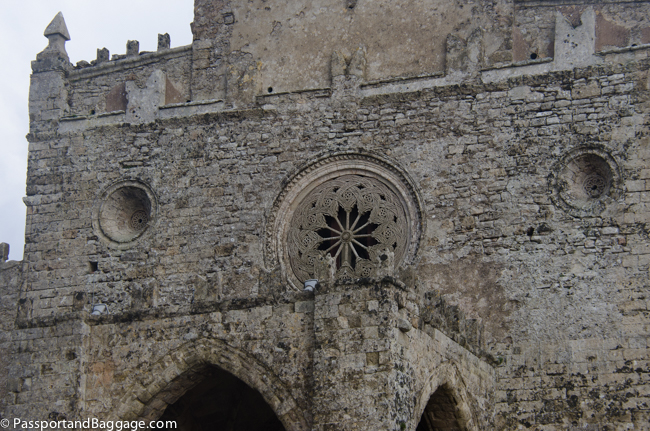
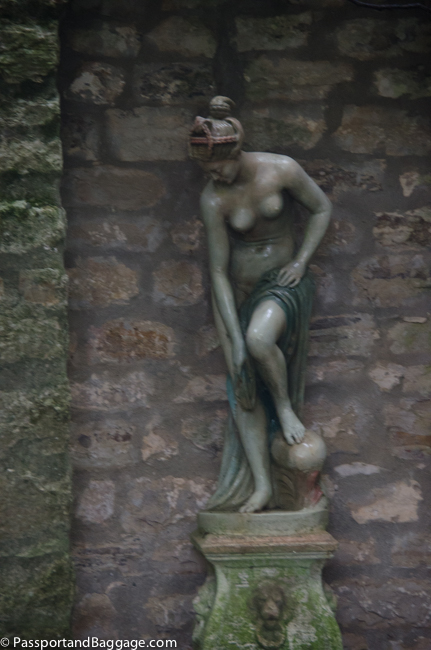
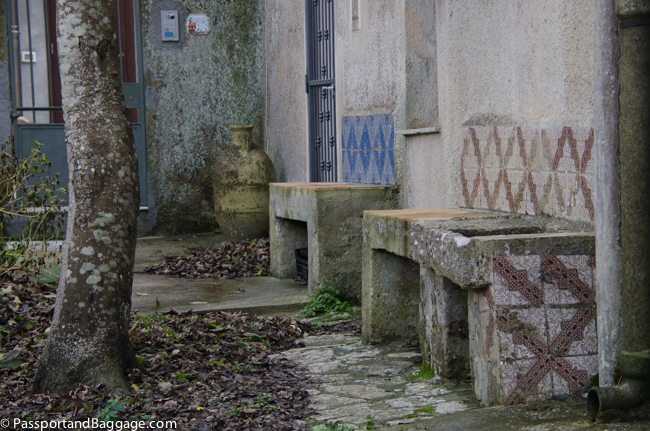
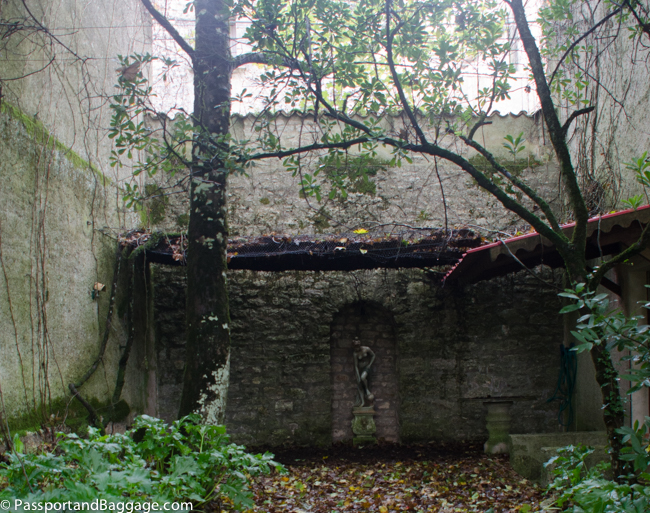
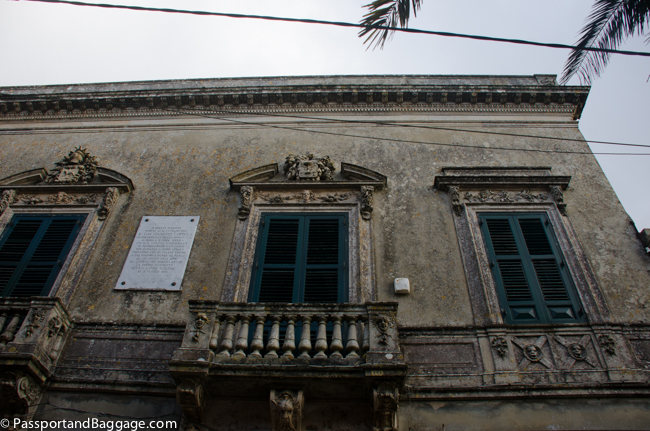
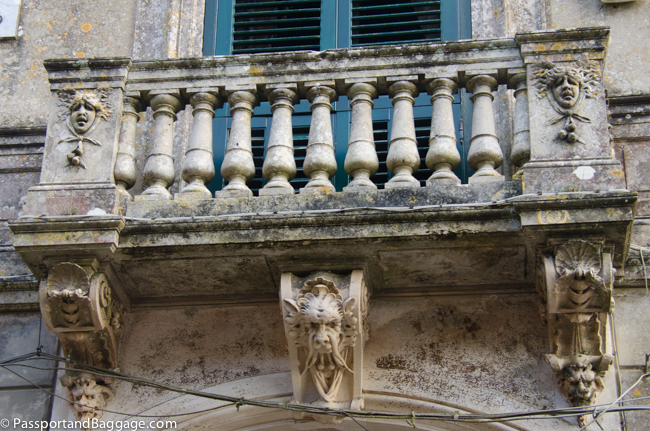 *
*